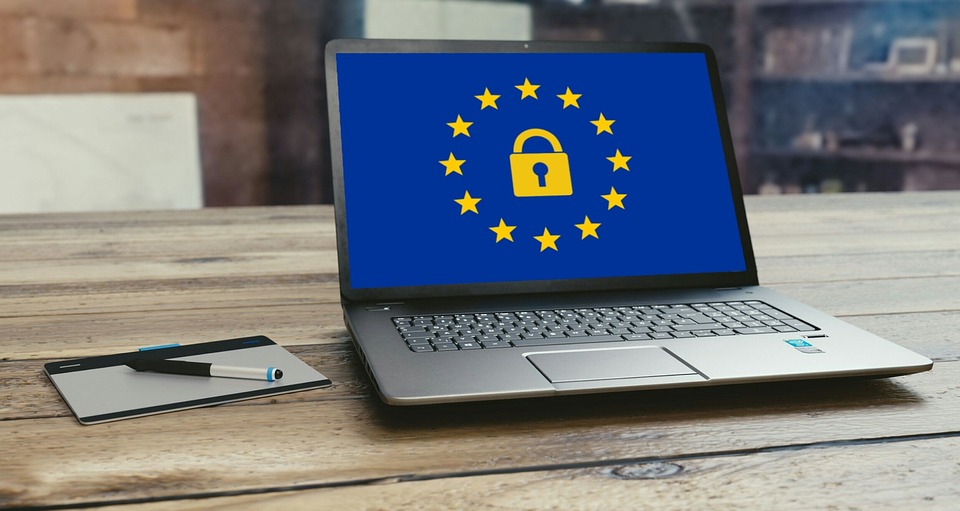The Dos and Don’ts of GDPR-Compliant Email Marketing

Introduction
Email marketing is a powerful tool for businesses to connect with their audience and drive sales. However, with the introduction of the General Data Protection Regulation (GDPR) in 2018, businesses need to ensure that their email marketing practices are compliant with the new regulations to avoid hefty fines. In this blog, we will discuss the dos and don’ts of GDPR-compliant email marketing to help businesses navigate the complexities of the new regulations.
The Dos of GDPR-Compliant Email Marketing
Obtain Consent
One of the key requirements of GDPR is obtaining explicit consent from individuals before sending them marketing emails. This means that businesses must have a clear and unambiguous opt-in process that clearly explains what the individual is signing up for and how their data will be used.
Be Transparent
Transparency is key when it comes to GDPR compliance. Businesses must clearly state how they will use the individual’s data, who will have access to it, and how long it will be stored. Transparency builds trust with customers and helps businesses establish a positive reputation.
Provide an Opt-Out Option
Under GDPR, individuals have the right to opt-out of receiving marketing emails at any time. Businesses must provide an easy and accessible way for individuals to unsubscribe from their email list. This can be done through a simple unsubscribe link at the bottom of each email.
Keep Data Secure
GDPR requires businesses to take appropriate security measures to protect the personal data they collect. This includes encrypting data, implementing access controls, and regularly updating security protocols to prevent data breaches.
The Don’ts of GDPR-Compliant Email Marketing
Buy Email Lists
Buying email lists is a common practice among businesses, but it is a big no-no when it comes to GDPR compliance. Businesses must obtain consent directly from individuals before adding them to their email list. Buying email lists often results in sending unsolicited emails, which is a violation of GDPR.
Use Pre-Ticked Boxes
Pre-ticked boxes are another practice that is not allowed under GDPR. Businesses must use unticked boxes that individuals can actively opt-in to. Pre-ticked boxes are seen as deceptive and do not provide individuals with a clear choice.
Ignore Requests for Data Deletion
Under GDPR, individuals have the right to request that their data be deleted from a business’s database. Ignoring these requests can result in fines and damage to a business’s reputation. Businesses must have processes in place to promptly respond to data deletion requests.
Send Emails Without Consent
Sending marketing emails without obtaining consent is a direct violation of GDPR. Businesses must ensure that they have explicit consent from individuals before adding them to their email list. Failure to do so can result in fines and legal action.
FAQs
What is GDPR?
GDPR stands for General Data Protection Regulation, which is a set of regulations that govern the use and processing of personal data of individuals within the European Union. The regulations aim to give individuals more control over their personal data and ensure that businesses handle it responsibly.
What constitutes consent under GDPR?
Consent under GDPR must be freely given, specific, informed, and unambiguous. Individuals must actively opt-in to receive marketing emails and must be clearly informed about how their data will be used.
What are the penalties for non-compliance with GDPR?
Businesses that fail to comply with GDPR can face fines of up to 4% of their annual global turnover or €20 million, whichever is higher. In addition to fines, businesses may also face damage to their reputation and loss of customer trust.
How can businesses ensure GDPR compliance in their email marketing practices?
Businesses can ensure GDPR compliance by obtaining explicit consent from individuals before sending them marketing emails, being transparent about how their data will be used, providing an opt-out option, keeping data secure, and responding promptly to data deletion requests.




